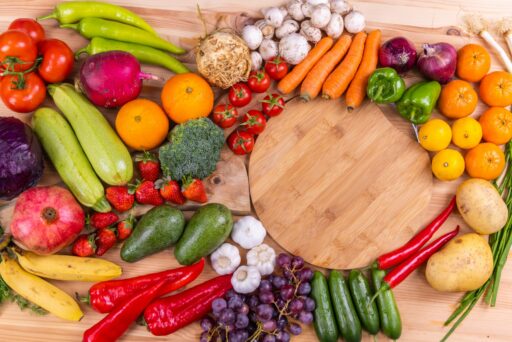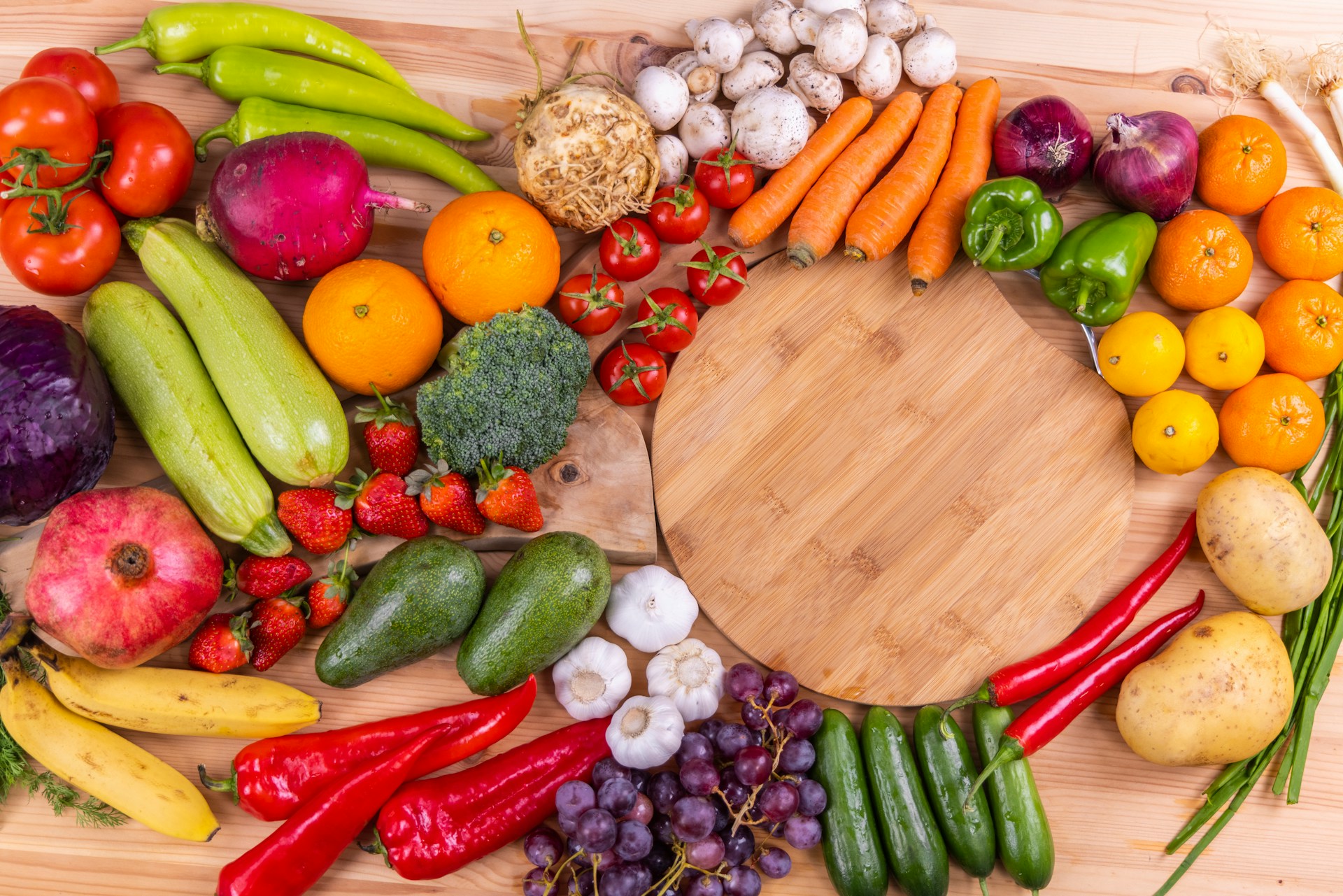Growing your own vegetables can be one of the most rewarding ways to support your health. When you focus on gut-friendly produce, you’re giving your digestive system a boost while enjoying the benefits of fresh, homegrown food. However, maintaining a thriving vegetable garden requires some planning, not just for planting and care, but also for protecting your crops from pests and ensuring they deliver maximum nutritional value.
Choosing Gut-Friendly Vegetables to Grow
Gut-friendly vegetables are those that are rich in fiber, prebiotics, and nutrients that help feed beneficial gut bacteria. Popular options include:
- Leafy greens like kale, spinach, and Swiss chard are packed with vitamins and fiber.
- Cruciferous vegetables such as broccoli, cauliflower, and Brussels sprouts are known for their digestive benefits.
- Root vegetables like carrots, beets, and sweet potatoes provide a variety of fibers and resistant starches.
- Alliums such as onions, garlic, and leeks are excellent natural prebiotics.
- Fermentation-friendly crops like cabbage are ideal for making gut-boosting sauerkraut or kimchi.
By choosing a diverse mix, you’ll help ensure your gut gets a variety of beneficial compounds that work together to support digestion.
Preparing Your Soil for Optimal Nutrition
Healthy soil is the foundation of nutrient-rich vegetables. Start by testing your soil’s pH and nutrient content. Most vegetables thrive in slightly acidic to neutral soil (pH 6–7). Incorporating organic matter, such as compost or well-rotted manure, improves soil structure, moisture retention, and microbial life, key factors in growing vegetables with high nutritional value.
Mulching is another great practice, as it helps retain moisture, suppresses weeds, and encourages beneficial organisms that contribute to soil health. Rotate your crops each season to prevent nutrient depletion and reduce the risk of disease.
Consider adding soil amendments like seaweed extract, worm castings, or biochar to further boost soil microbiology. Healthy soil not only produces more nutrient-dense vegetables but also supports a thriving underground ecosystem.
Protecting Your Vegetable Patch from Wildlife
One of the biggest challenges gardeners face is wildlife nibbling away at their hard work. Installing fencing, especially one designed to deter deer, can make a huge difference in keeping your crops safe. Practical strategies for protecting your vegetable patch from wildlife include using mesh barriers, motion-activated sprinklers, and planting deer-resistant herbs along your garden’s perimeter.
Even simple measures, like removing fallen fruit or trimming nearby shrubs, can make your garden less attractive to foraging animals. For smaller pests, consider netting, row covers, or natural deterrents such as strong-scented plants like mint or rosemary.
Supporting Gut Health with Avocados
While you may not grow avocados in every climate, incorporating them into your diet is an excellent way to support digestive wellness. Avocados are rich in fiber and contain both soluble and insoluble forms, which help regulate digestion. Their unique nutrient profile also complements other gut-friendly foods. Understanding how avocados support a healthy gut can help you make informed choices about your meals, blending homegrown vegetables with store-bought superfoods for the best balance.
Companion Planting for a Healthy Garden
Companion planting is the practice of growing certain plants together to enhance growth, deter pests, and improve soil health. For example:
- Planting basil near tomatoes can improve flavor and repel certain insects.
- Growing carrots alongside onions can help deter carrot flies.
- Pairing lettuce with radishes provides natural shade and discourages weeds.
- Marigolds can help repel nematodes and add bright color to your beds.
This approach creates a healthier, more balanced garden ecosystem, ultimately supporting better crop yields.
Watering and Irrigation Tips
Consistent watering is vital for both plant health and nutrient quality. Irregular watering can lead to issues like split tomatoes, bitter lettuce, or stressed plants that are more susceptible to pests. Using drip irrigation or soaker hoses can help deliver water directly to the roots while reducing evaporation. Early morning watering is best to minimize fungal diseases.
Rainwater collection systems can also provide chemical-free water, which many gardeners find improves plant growth and soil health.
Harvesting and Storing for Maximum Nutritional Value
Timing your harvest is crucial for both taste and nutrition. You should pick leafy greens early in the day when they’re crisp and hydrated. You can harvest root vegetables once they’ve reached the desired size, but before they become woody. For gut health, consume vegetables soon after harvest to retain the most fiber and phytonutrients.
When storing, keep greens in breathable bags in the fridge, store root vegetables in a cool, dark space, and avoid washing until just before use to preserve freshness. Freezing surplus produce like broccoli or spinach can help retain nutrients for months.
Adding Gut-Friendly Produce to Your Meals
Incorporate your harvest into a variety of dishes: blend spinach into smoothies, roast cruciferous vegetables with olive oil, or ferment cabbage into probiotic-rich sauerkraut. Pairing your homegrown produce with fiber-rich grains, healthy fats, and fermented foods will help maximize gut health benefits.
Try recipes like quinoa and roasted veggie bowls, fermented kimchi with stir-fried greens, or gut-friendly soups using seasonal produce.
Extending the Growing Season
To enjoy gut-friendly vegetables year-round, consider using cold frames, greenhouses, or row covers to extend your growing season. Fall plantings of kale, spinach, and garlic can keep your garden productive into the cooler months.
Succession planting, sowing new crops every few weeks, ensures a steady supply of fresh produce for your meals.
Conclusion
A gut-friendly vegetable garden is more than just a source of food; it’s an investment in your overall health. By selecting the right crops, caring for your soil, protecting your patch from pests, and blending in nutrient-rich foods like avocados, you can create meals that nurture your digestion and delight your taste buds. With thoughtful planting, smart protection strategies, and mindful harvesting, your garden can become a year-round ally for your well-being.







